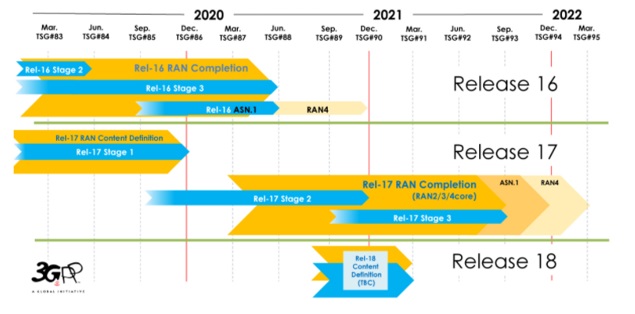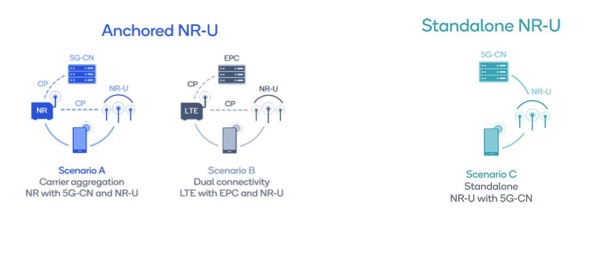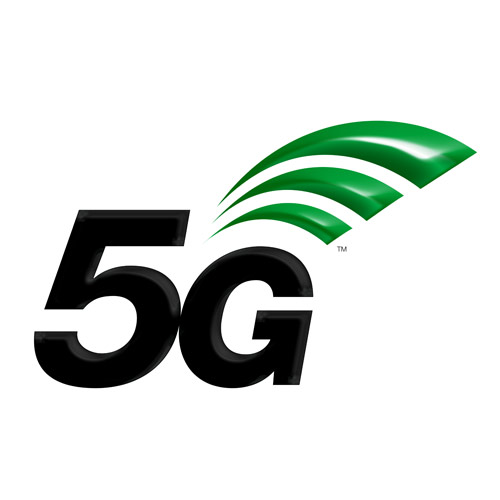Non-Standalone (NSA) 5G NR approved December 2017. Non-standalone requires a 4G LTE anchor for control plane:  Standalone (SA) 5G NR approved June 2018:
Standalone (SA) 5G NR approved June 2018: 
With developments in 5G NR in earlier 3Gpp release 15 in 2018, significant enhancements are going into the Release 16 and 17.

Source: https://www.3gpp.org/release-16
Release 16 aims at improving availability and applicability of 5G NR in various areas including:
- Autonomous vehicle (V2X-Vehicular-to-Everything)
- Smart city capability through Industrial IoT advancements
- Enhanced wireless speeds and data rate transmission of devices (Ultra-Reliable and low Latency communication, URLLC)
- Integrated Access and Backhaul (IAB)
- Mobile Communication System for Railways
- 5G NR operation in unlicensed bands NR-U, both LAA (Licensed Assisted Access) and Standalone Unlicensed operation.
With Release 16, NR-U support will offer flexibility in 5G NR deployments. This can be combined with licensed or shared spectrum (e.g., the CBRS networks) to deploy an anchored NR-U system suitable for Mobile network providers to deliver 5G r with better QoS. Standalone NR-U system enables private networks to experience the performance of 5G networks without requiring licensed spectrum.
 Source: Qualcomm
Source: Qualcomm
Release 17 is still on planning stage and will likely include the following enhancements:
- NR Light: looking to improve power saving aspects.
- Small data transfer optimization
- NR above 52.6 GHz
- NR multicast broadcast
- Multi SIM operation.
See more information on release 16 and 17 see the 3GPP website here: https://www.3gpp.org/news-events/2058-ran-rel-16-progress-and-rel-17-potential-work-areas
Some of the U.S. operators that have deployed 5G NR in mmWave bands (Frequency Range 2) include Verizon, T-Mobile, and AT&T. Deployments in FR2 is at 24 GHz or higher and can offer speeds of 1 Gbps or higher. However, the main limitation of the mmWave spectrum is high pathloss that limits the coverage. Depending on gain and power of the transmitter side, mmWave signals may only travel short distances of about a mile or lower without obstructions.
Most of the U.S. mobile network operators have already deployed on Frequency Range 1 (FR1) or sub-6 GHz ranges from about 450 MHz – 6 GHz. The sub-6 GHz band utilizes many of the same frequency bands used for 4G and other wireless communication technologies. Many operators are using dynamic spectrum sharing (DSS) for 5G NR and 4G LTE coexistence thereby avoiding the refarming we saw in 3G to 4G . DSS is important because over 90% of sub-6 GHz spectrum is paired (FDD) where downlink and uplink use different frequencies.
Below is a summary of bands in use by major U.S. operators:
|
Carrier |
5G NR Bands (FR1) |
5G NR Bands (FR2) |
|
AT&T |
N2, N5 |
N260 |
|
Verizon |
N2, N5, N66 |
N261 |
|
T-Mobile |
N71, N41 |
N260, N261 |
|
US Cellular |
N71 |
- |
See more on 5G NR Bands. https://www.rfwel.com/us/index.php/5g-nr-frequency-bands
With ongoing developments of 5G networks, IoT (Internet of Things), the connectivity of devices to the cloud over the internet, is seeing an upward trend. Cisco believes the number of interconnected devices will grow to over 14 billion networked devices by 2023 (https://www.cisco.com/c/en/us/solutions/collateral/executive-perspectives/annual-internet-report/white-paper-c11-741490.html).
RFWEL’s communications and fixed-wireless access group can assist with your broadband internet cable-replacement project or wireless controls project. Our signal improvement solutions group can also assist in solving complex in-building coverage and capacity issues. Contact us online or give us a call at +1.480.218.1877 Option 2.


